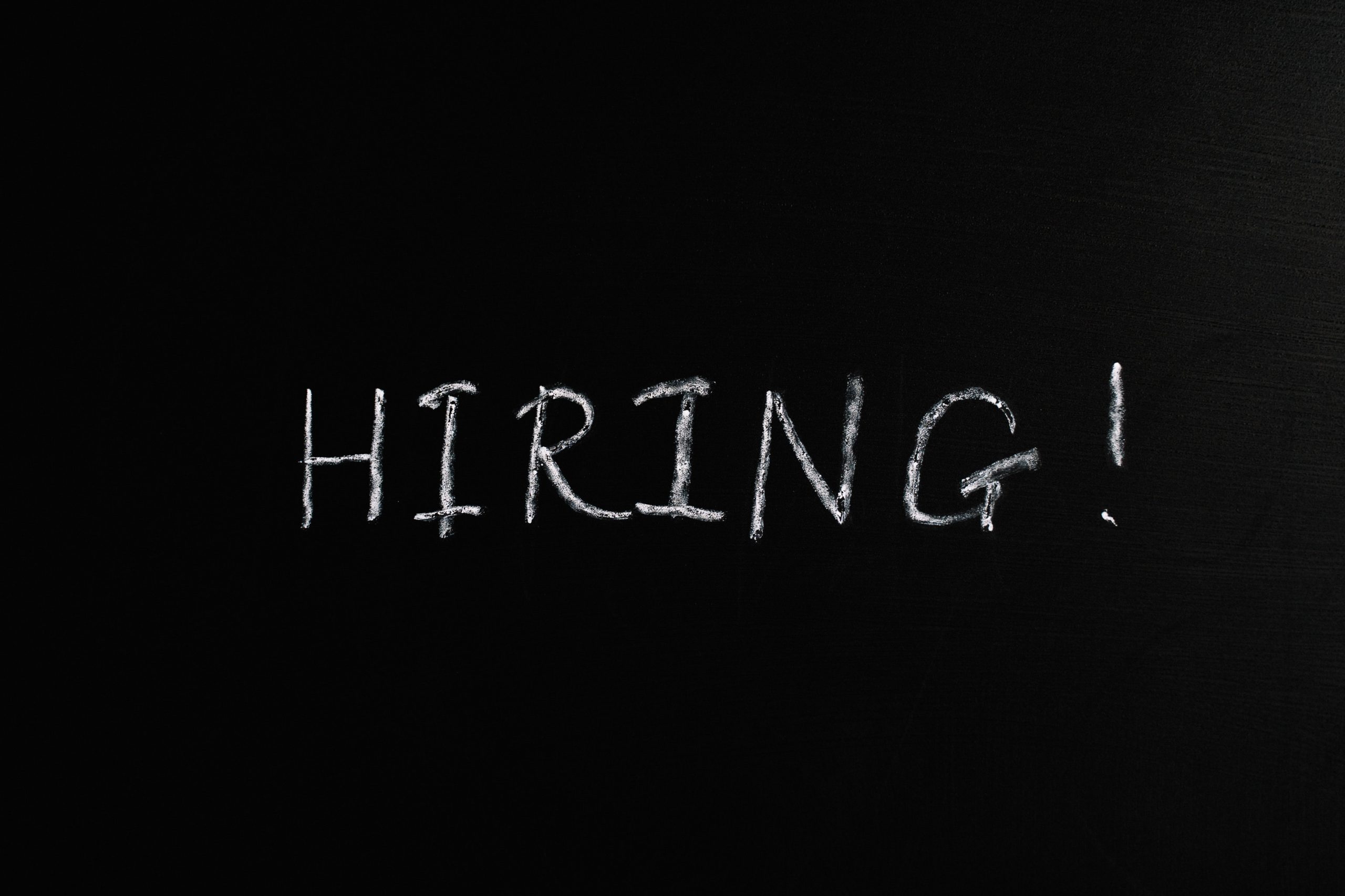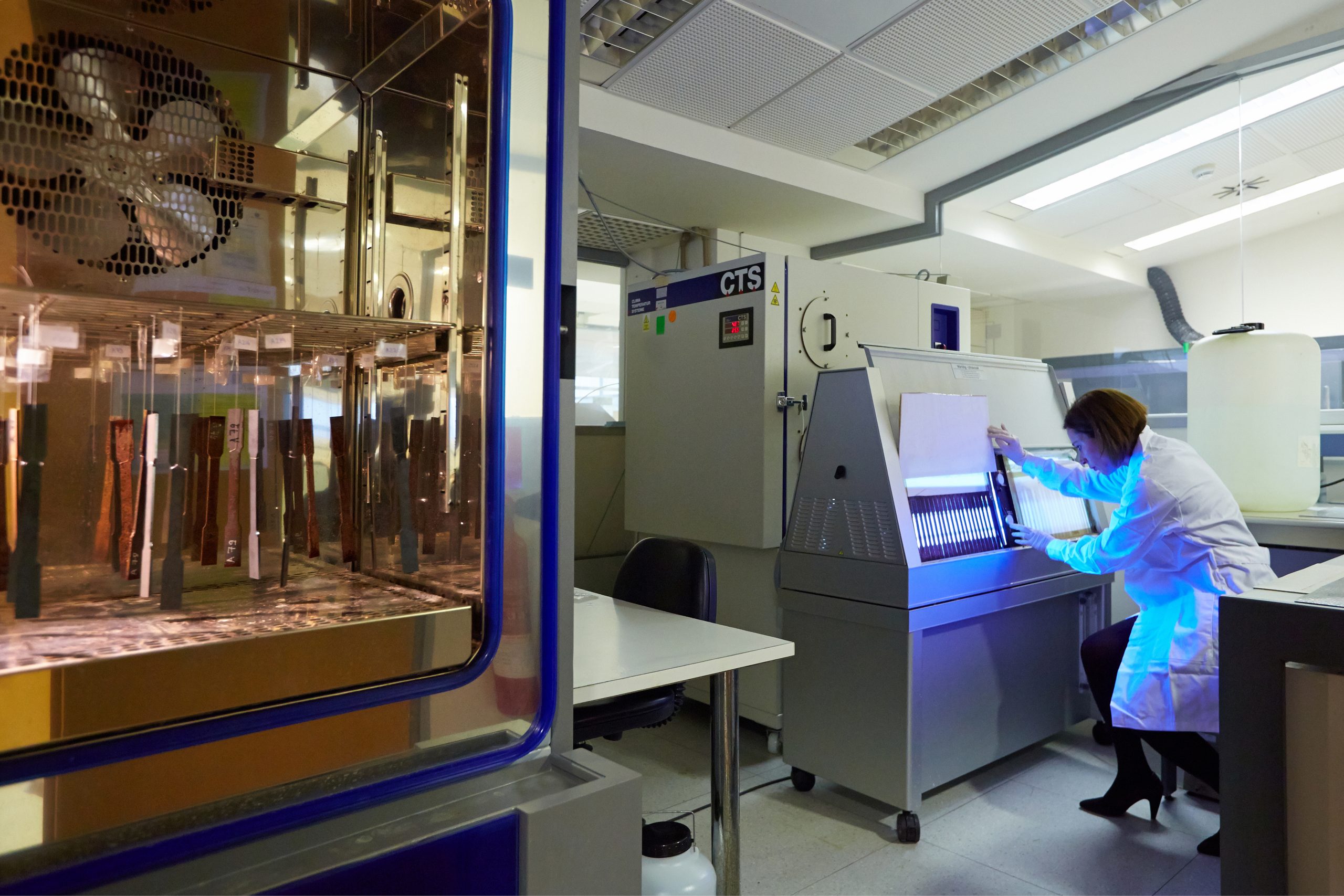Design thinking is a methodology that focuses on the user’s needs, wants, and pain points to create a more human-centered process.
This approach can be applied to all aspects of hiring, from job description development to the interview process.
The benefits of using design thinking are numerous for both the employer and the candidate.
With this new method, employers will see an increased return on their investment, as they will have better candidates who are a better fit for their organization.
With design thinking, companies will also experience increased growth potential by increasing employee satisfaction and attracting talent that reflects the company’s values.
Want to grow your company?
Interesting: You need to start thinking about the people in your company and how you can create a culture that makes them happy. We don’t just mean the people you hire, but also those who work for you.
Desire: Design thinking is a way to reimagine the recruiting and hiring process in a delightful candidate-centric way.
It’s time to stop making excuses and implement better systems to help your company grow.
Design Thinking is saying, «How can I reimagine the recruiting and hiring process in a delightful candidate-centric way?».

Our panel of talent management experts discusses how to implement Design Thinking when it arrives, but first, we need to start with:
1. What is Design Thinking?
2. What are the benefits of using Design Thinking in recruiting and hiring?
3. How can Design Thinking to help a company grows?
4. What is the difference between design thinking and traditional recruiting and hiring methods?
5. How can design thinking to be used to create a more candidate-centric recruiting and hiring process?
Successful Hiring: Design Thinking in Action
This article focuses on how design thinking can be used as part of your organization’s hiring process. Design thinking is a collaborative, user-centered approach to problem-solving that helps teams identify and meet user needs. In other words, it’s a process for innovating with users in mind. If you’re ready to update your sourcing strategy and create an engaging interview process, read on to see how design thinking can help you.
Step 1: Define your hiring goals and user journey.
To start, you’ll want to define your hiring goals clearly. In other words, what do you want to achieve by hiring this person? What skills, experiences, or traits does this person need to succeed in the position? For example, if you hire a salesperson, your goals might be to quickly onboard new sales reps and generate consistent revenue from day one. If you hire a designer, your goal might be to create highly engaging customer experiences. Next, you’ll want to define your ideal hiring journey. In other words, what is their candidate experience like? What are their issues and frustrations in the hiring process? What do they look for in an employer? What does the candidate expect from the hiring process? By understanding your ideal candidate’s journey and expectations, you can create a better hiring experience that meets their needs and sets your organization apart from the competition.

Step 2: Conduct qualitative research and user interviews.
Once you’ve clearly defined your hiring goals and identified your ideal candidate, it’s time to work on the research phase of hiring. This is where you will research potential candidates, develop personas based on your research, and create a list of potential hires to invite to apply for your open positions. You must start with a holistic view of your organization and industry. What differentiates your organization from the competition? What are the unique challenges in your industry or niche? How does your organization solve these problems for customers? During this research phase, it is essential to understand your current hiring challenges. What is your current hiring process? What is the organization’s hiring culture? What are your current hiring parameters? By understanding your hiring challenges, you can design solutions to these problems and create a better hiring experience for your organization and your candidates.
Step 3: Determine the activities and capabilities critical to success.
Next, you’ll want to identify the key activities and capabilities that successful candidates need to excel in their roles. These activities and faculty will form the basis of your hiring criteria. For example, if you are hiring a salesperson, key activities and capabilities might include cold calling, lead generation, and closing deals. Successful candidates should explain how they have performed these activities in the past and why they are relevant to the position in your organization.

Step 4: Turn what you learn into actionable insights.
Once you’ve researched and identified the key activities and capabilities for success, it’s time to turn your knowledge into practical information. This is where you begin to apply design thinking to the hiring process. Turn your key activities and capabilities into hiring criteria. For example, if you are hiring a salesperson, your hiring criteria might include cold calling, lead generation, and closing deals. Turn your hiring objectives into hiring hypotheses and the hypotheses into questions you want to answer through your hiring research. These questions can be used to inform your hiring research and interviews. For example, suppose you are hiring a salesperson. In that case, your hiring hypotheses might include «candidates who have strong cold calling skills have an advantage in the hiring process» and «candidates who have closed deals in the past have an advantage in the hiring process.»
Michael J. Marquardt, author of Leading with questions, describes some types of open-ended questions:
Explorative questions force expansion on new points of view and uncovered areas. Have you thought of…?Affective questions reveal people’s feelings about something. How do you feel about…?Reflective questions encourage more elaboration. What do you think causes…?Probing questions invite a deeper examination. Can you describe how…?Analytical questions look for the roots of a problem. What are the causes of…?Clarifying questions helps align and avoid misunderstandings. So, you mean that..?
Conclusion
Design thinking is a powerful hiring tool that can help you identify your candidates’ needs and create an engaging hiring experience that differentiates your organization from the competition. While hiring is never easy, applying design thinking principles to your hiring strategy can help you identify your candidates’ needs, create a more engaging hiring process, and ultimately hire the best talent for your organization.




















